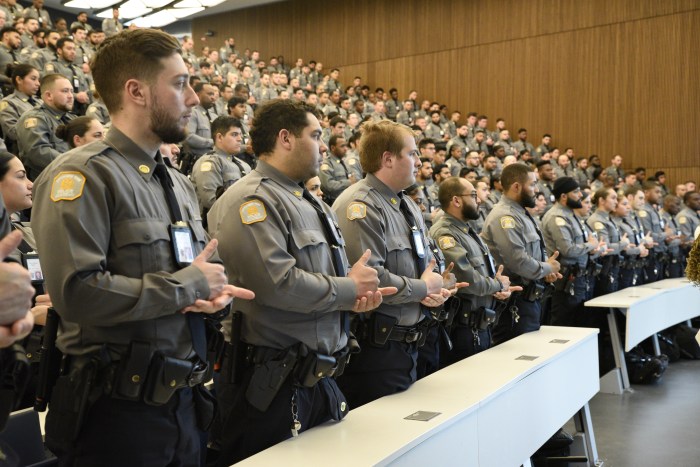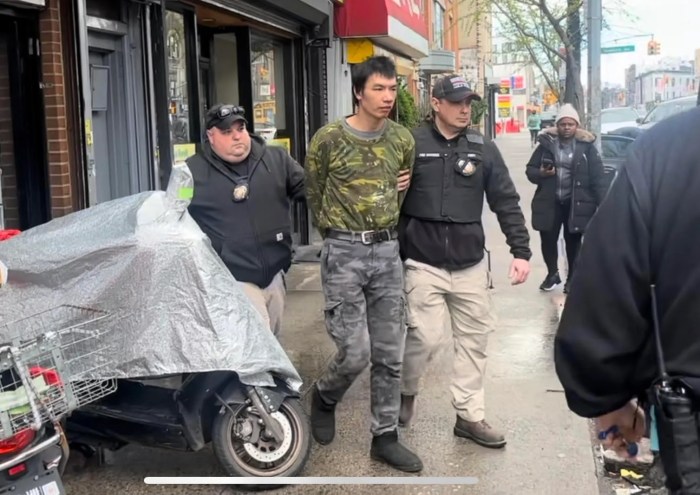In his memoir “Porcelain,” musician, activist and former New Yorker Moby takes readers back to the beginning of his career: moving to the city from Darien, Connecticut, recording his first big hit, “Go,” seeing the world while supporting his first full-length album and the disappointment of his punk-leaning album “Animal Rights.”
It ends with the beginnings of what he thought would be his swan song — a collection of songs called “Play.” That one, it turned out, went all right: double platinum in America, millions sold in Europe and every single song licensed for use in film or TV productions.
But “Porcelain” is about much more than the ins and outs of Moby’s career. It’s also the story of a Christian vegan finding his way in a dance music world seemingly inexorably tied to drug usage. It’s about the evolution of a music genre from hidden stages in forests and deserts to music festivals and TV performances. And it’s about a city going from drug dealers and junkies in parks to massive redevelopment and Disneyfication.
amNewYork spoke with Moby to reminisce a little more about that time period in the city and the dance music scene, in advance of his book signing May 17 at B&N Union Square.
What do you miss about the late-’80s/early-’90s New York?
I went to a screening a couple of years ago about the Tompkins Square [Park] riots, and what the East Village had been like in the ’80s, and everyone in the screening was either approaching middle age or very firmly ensconced in middle age. And after the screening, we were hanging out and talking, and sort of lamenting the change in New York, and I realized that a lot of what we were lamenting is that we were old. On one hand, New York has of course changed, and I miss the cheap rents and the East Village when it was filled with idiosyncratic artists, and when there were art galleries everywhere and concert venues and recording studios everywhere. The loss of those things are lamentable. But when old people like me wax nostalgic, it’s because we’re feeling old. I think it’s safe to say that there’s a 22 year old in New York right now who is having the time of their life, and for them New York, exactly as it is, is paradise. When they’re 50, they’ll write a memoir lamenting the then-current state of New York and waxing rhapsodic about what it used to be like.
What I do miss is the contained community of lower Manhattan. There was something magical — it was almost like a walled medieval city. New York in the late ’80s and early ’90s, everyone you knew lived within a one-mile radius. It had this magical quality. And it was cheap, and it was dangerous, and it was populated with the most interesting people on the planet.
How about the early rave culture?
Again, I miss being young. But I also miss that it was new and being self-created. There was nothing top down about it. … What was amazing about dance culture in the ’80s and ’90s is that there were no instructions. There were no corporations. No one knew what they were doing, everything was being invented, and as a result it was very fluid. There were no CEOs or COOs or CFOs telling you what you could or could not do. … Someone decided to start a record company, and so they started a record company. Someone decided to be a rave promoter, so they rented some equipment and became a rave promoter. The DIY aspect of it was so inspiring and egalitarian and special. That exists to an extent [today], but not truly in the homespun way that it existed then.
If you go
Moby begins his book tour with an appearance at B&N Union Square on May 17 at 7 p.m., 33 E. 17th St., 212-253-0810, free with wristband (distribution begins at 9 a.m.).














